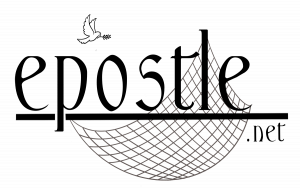Don’t don’t, Do
Armodoxy for Today, one minute for Summertime: Don’t don’t, Do
I received a well-intentioned informational video the other day from a church, in which the narrator explained, while a model visually demonstrated the dos and don’ts of church attendance. This was the latest incarnation of a list outlining church etiquette that has been floating around as long as I can remember: Don’t cross your legs, don’t chew gum, don’t wear sleeveless shirts or blouses, and about 20 other rules. Sadly, only one item on the list was “do” and even sadder was that it pointed to women having to wear head coverings.
In their good intentions to keep the sanctuary space sacred, often these lists are skewed to the “don’t” side, giving the impression that Christianity is about curtailing and restricting actions. A quick glance at the Bible reveals that the Old Testament contains 613 laws and regulations. Moses brought it down to a manageable size with the 10 Commandments. Jesus summarized with the word “Love.” Not a prohibition but a direct order to “do,” to Love.
Today’s one minute for Summertime.


